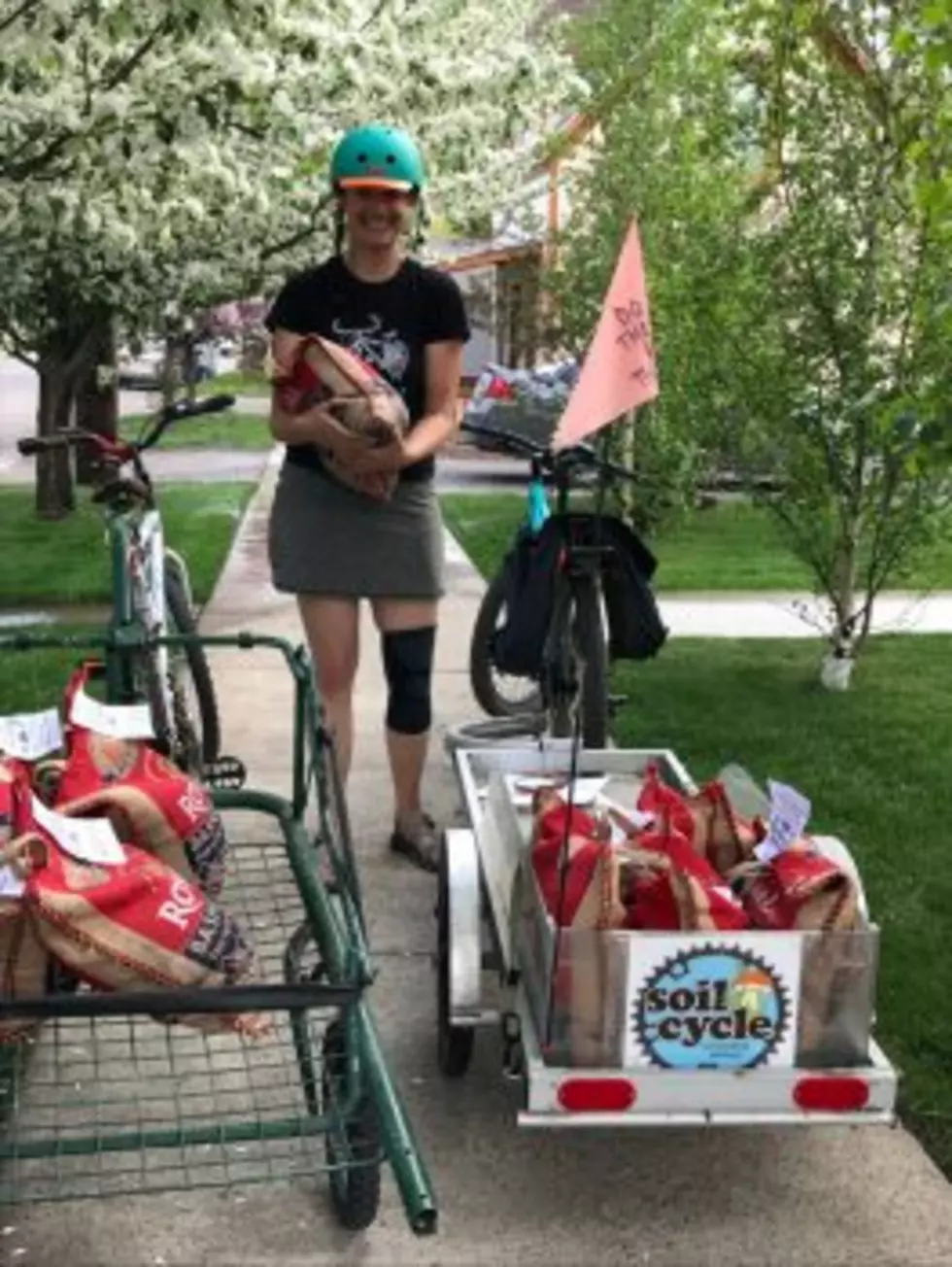
Sustainable Missoula: Compost – it’s nature’s solution for depleted soil, food waste
There’s no question that our planet is in a unique environmental position these days and our earthly home is asking us to make some changes.
In the last 150 years we have lost or damaged about half of the topsoil on the planet due to the combination of aggressive land management and industrial agriculture. Even though we continue to lose valuable soil, many Americans keep throwing away organic materials such as food waste, yard trimmings, and paper products. The EPA estimates that more discarded food reaches landfills and incinerators than any other single material in our everyday trash.
With that in mind, it is important to consider what part our kitchens and yards play in these global issues. With composting, two major environmental issues, depleted soil and food waste, can be solved.
Thankfully the earth has already provided us with many of the tools needed to harvest the power of natural cycles and create living soil and healthy food. These tools are literally under our feet if we look closely enough. Composting - the magical process taking place in our garden boxes, backyards, and alleyways - is a great solution to several climate related challenges, from soil degradation to minimizing the greenhouse gas emissions that result from throwing organic material in the landfill.
Understanding composting better can change the way we think about waste and soil health. The first step with composting is to change our mindsets about food scraps and to reconsider what we used to think of as “waste” as a worm’s next meal. It can take time to reshape our kitchen habits, but it is worthwhile.
Little changes like eating older foods first, shopping more frequently, buying smaller amounts, and storing produce appropriately can decrease the amount that is wasted in the first place. What is left over once you have made the efforts to reduce kitchen waste can be composted, and composting doesn’t have to be a complicated process.
Simply, it is the decomposition of organic materials that were once discarded to the landfill. Billions of microorganisms and decomposers get to work breaking down your old banana peels and carrot tops into something that resembles what they originally came from: soil.
When we start adding these composted nutrients back to sleepy soil, amazing things take place. When food and other organic materials go into a landfill they get suffocated and create methane gas. As of today, landfills are the third largest producer of greenhouses gas emissions. Because composting is an aerobic process, it needs air to break down materials into soil, which can then be used to support our local gardens and our planet.
Not only does compost add organic material back to the surface of the earth, it also brings with it an increase in diversity of healthy organisms and processes. Compost improves biological, chemical, and physical soil characteristics that in turn can protect our soil from erosion and our plants from diseases.
When compost is added to soil, it can filter out urban storm water pollutants and create resiliency to both floods and droughts. Soil is a living guide to better help us understand the health of our gardens, farms, and even houseplants.
Whether you are interested in composting for environmental waste reduction or agricultural reasons, I hope you can see that soil health is intimately connected to what we give back to it. Learning how to foster this natural cycle in your own yard or garden is a powerful tool to help our environment.
If composting at home just isn’t in option for you, food scrap collection services like Soil Cycle can help you reduce your carbon footprint and give back to the earth. Decreasing our impact on the earth comes with one conscious choice at a time. Maybe the answer you have been looking for has been in your trashcan all along.
Caitlyn Lewis is the director of Soil Cycle, a Missoula-based composting nonprofit. Her passion for composting was born out of environmental concerns regarding wasted food and has grown into a love for all things soil! Caitlyn wants to make sustainable living more accessible to those who wish to lessen their personal environmental impacts. This Sustainable Missoula column is brought to you – via the Missoula Current – every week by Climate Smart Missoula and Home ReSource.
Sustainability Happenings
As COVID-19 has postponed or cancelled many community events, many have moved on-line or found creative outlets. Here we offer ideas about sustainable ways to stay involved in our community. If you like these offerings, consider signing up for Climate Smart’s eNewsletter here. And sign up for Home ReSource’s eNews via their homepage here.
Did you know Home ReSource is open? Details about how to buy items (carefully and safely) here.
May is Bicycle Month. And this pandemic won’t pause that – choose sustainable transportation!
- May 1-15. Missoula in Motion + ZACC are sponsoring Bike month art neighborhood challenge – sidewalk chalk. More here including recipes to make chalk paint. That’s cool.
- Join in with rides from Women Bike Missoula
- More virtual events at Missoula in Motion
- Free Cycles is back and working to help without opening their shop – but you can request a bike, request bike parts and shop online.
Missoulaevents.net has many virtual activities listed – they’re stepping up to help us all stay engaged.
